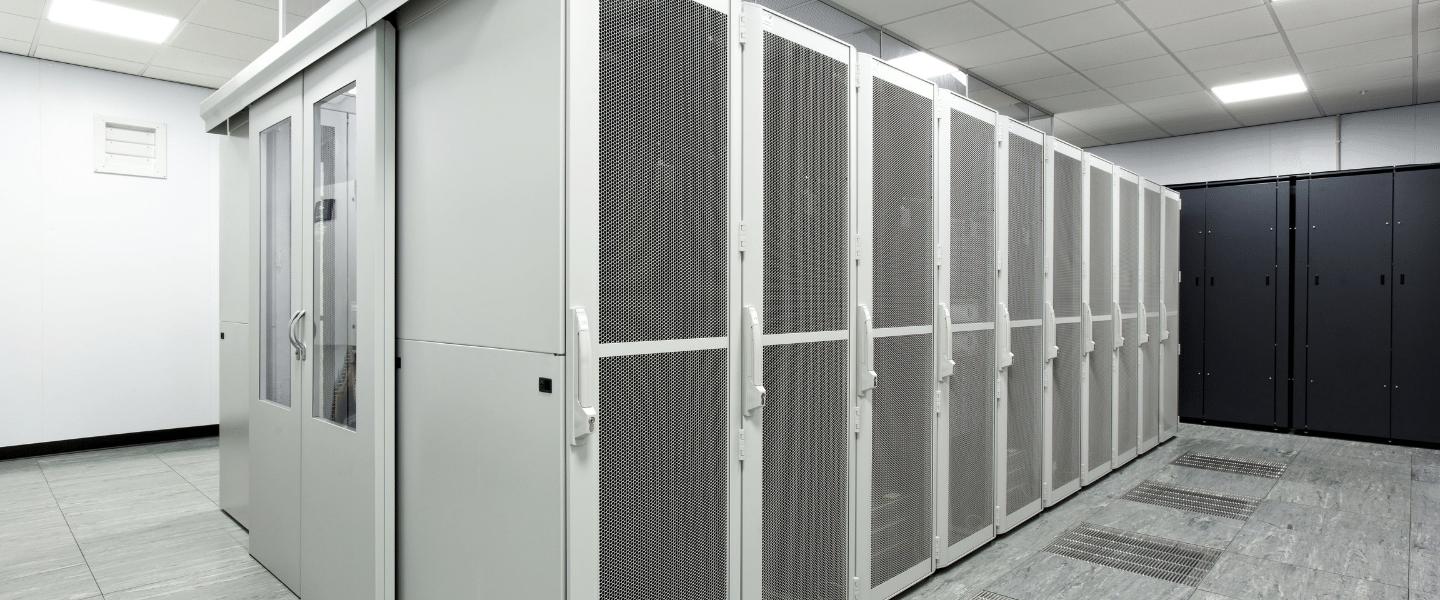
3 minute read
Keeping cool at 75
from Health Business 23.2
by PSI Media
Chris Wellfair, Projects Director at Secure I.T. Environments considers the care package for NHS data centres
As the NHS approaches 75 years old, it is incredible to think about the achievements of the organisation and its staff, without which it would be nothing but a dream. At the birth of the NHS, IT was unknown as an acronym, and computers had barely left Bletchley Park and the research labs of distinguished universities, never mind made it onto a hospital site, a ward, or unimaginably until the 1980s, every desk. Fast forward to today and the role of computing in the modern NHS cannot be overestimated. Whether supporting communications, imaging scanners, or storage at various locations across a hospital site, they are finding a role in every aspect of patient care, the operational tasks of running a hospital and making it easy for staff to access the resources they need wherever they are. Advances in artificial intelligence are going to play a more significant role in the NHS going forward, and this will offer huge opportunities to increase the speed of diagnoses, in terms of both imaging and testing samples. And whilst some of these services will be provided through cloud technology platforms, the need for localised IT and data centres is as strong as ever.
What’s your data centre core body temperature?

With such a dependency on IT, the amount of processing, potential energy consumption and equipment in data centres has increased –this is something that has gained a lot of attention. Hospitals already consider it their responsibility to ensure efficient use of energy across their operations, and understand that they have a role, like every other organisation, to work towards a sustainable future. There are many things that can be done to make a data centre more energy efficient, but the important thing is to understand what is really happening in the data centre. Cooling is one such area. The extreme temperatures we experienced in the UK last year will come again and the trend is undeniably upwards, even if we do not set a new record in 2023. Summer temperatures are rising and periods of intense heat getting longer. All this means that the ambient temperatures are impacting the performance of your cooling infrastructure and there were several high profile cases of data centres having to be shut down across a range of industries in 2022, including the NHS. Use the data you have in your Environmental Management Systems (EMS), Building Management Systems (BMS), Intelligent Power Distribution Units (PDUs) and other systems to make sure what you think is happening in the data centre (DC), is in fact really happening. The data is screaming out to help you! There may be opportunities to consolidate servers, or change environmental controls that will reduce the energy demands of the data centre, its cooling requirements, and make that cooling more efficient. This is not just about reducing costs, or the impact on climate change, but is equally important in respect of business continuity.
Plan for the longer term
If you are looking at your HVAC infrastructure and know you have been putting off the inevitable for too long, then maybe it is time to get a plan together. It may be that over time, the way your infrastructure has grown means that you need to reconsider the current arrangement of your hot and cold air flow in the data centre. Changing your whole cooling infrastructure is not a quick process that you can decide this month, and deliver next. And for data centre managers, the challenge is often making the case for such large capital investments. It takes planning and should form part of a much broader strategic plan for the data centre, that takes account of the future needs of the hospital, staff and patients. In fact, it is important to be aware that even a small change to a cooling system can take six months in the current climate. The reason for this is supply chains remain heavily disrupted by global events and a condenser ordered in March, may not be delivered until September, never mind installed.
Many years left in the tank
The NHS is one of the UK’s most recognised and globally admired institutions. It has been at the forefront of many innovations, and will continue to be long into the future. Technology will have a key role to play, making it possible for more patients to be diagnosed and receive treatment quicker than ever before. We need to care for our data centres, and plan every aspect of their future, so they can fulfil their role in making that future a reality. L
FURTHER INFORMATION siteltd.co.uk










